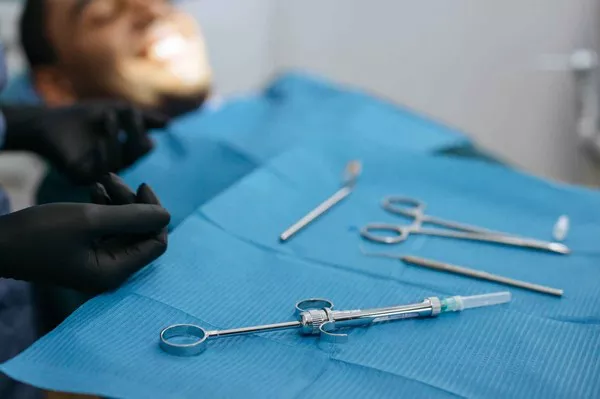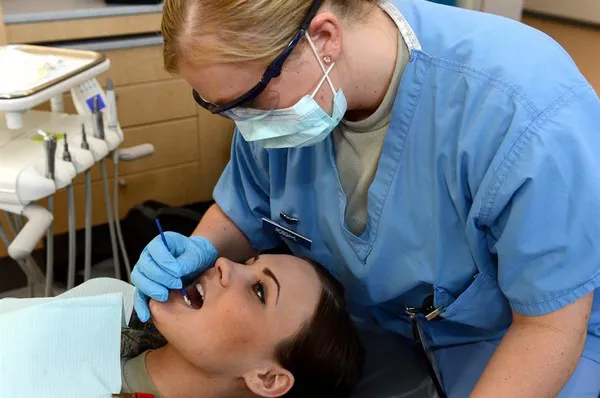Wisdom teeth, also known as third molars, typically erupt during the late teenage years or early adulthood. While these teeth can be valuable assets when properly aligned and healthy, they often pose challenges due to their potential for impaction, crowding, and other dental issues. Determining whether wisdom teeth need to be removed requires careful evaluation by a dental professional. In this article, we explore the signs and indicators that may suggest the need for wisdom teeth removal.
1. Pain and Discomfort
One of the most common reasons individuals seek evaluation for wisdom teeth removal is the presence of pain or discomfort in the back of the mouth. As wisdom teeth begin to erupt, they may cause pressure on surrounding teeth, gums, and jawbone, leading to soreness, tenderness, and throbbing pain. This discomfort may worsen when chewing, biting, or opening the mouth wide. Persistent or recurrent pain in the vicinity of the wisdom teeth warrants further assessment by a dentist to determine the underlying cause and appropriate treatment.
2. Impaction
Wisdom teeth often become impacted, meaning they are unable to fully erupt into the oral cavity due to obstruction by adjacent teeth, bone, or soft tissue. Impacted wisdom teeth can lead to a host of problems, including infection, cyst formation, and damage to adjacent teeth and bone. Common signs of impacted wisdom teeth include difficulty opening the mouth, swelling of the gums, and a foul taste or odor emanating from the back of the mouth. Dental X-rays are typically used to assess the position and orientation of impacted wisdom teeth and guide treatment decisions.
3. Crowding and Misalignment
The eruption of wisdom teeth can exert pressure on neighboring teeth, causing them to shift position or become overcrowded. This can disrupt the alignment of the existing dentition and compromise the stability of orthodontic treatment. Orthodontic relapse, or the regression of treatment outcomes following braces or aligner therapy, may occur as a result of wisdom teeth crowding. In such cases, removal of the wisdom teeth may be recommended to preserve the integrity of the dentition and prevent further misalignment.
4. Gum Inflammation and Infection
Impacted or partially erupted wisdom teeth can create pockets of space between the gum tissue and the tooth surface, making them susceptible to bacterial colonization and infection. This can manifest as redness, swelling, and tenderness of the gums surrounding the wisdom teeth, a condition known as pericoronitis. Left untreated, pericoronitis can progress to more severe infections, such as abscess formation, which may require emergency dental intervention. Recurrent episodes of gum inflammation and infection may indicate the need for wisdom teeth removal to eliminate the source of infection and prevent future complications.
5. Dental Decay and Cavities
Due to their location at the back of the mouth and difficulty in cleaning, wisdom teeth are prone to dental decay and cavities. The presence of decay in wisdom teeth can lead to pain, sensitivity, and deterioration of tooth structure. In some cases, decay may extend to neighboring teeth, exacerbating the problem. Dental X-rays and clinical examination can help identify areas of decay and determine whether removal of the wisdom teeth is necessary to prevent further damage and preserve oral health.
6. Orthodontic Treatment Planning
In some cases, the presence of wisdom teeth may interfere with orthodontic treatment planning and outcomes. Orthodontists may recommend removal of wisdom teeth to create space for tooth movement or to prevent potential complications during orthodontic therapy. By addressing the presence of wisdom teeth prior to initiating orthodontic treatment, dentists and orthodontists can optimize treatment outcomes and minimize the risk of relapse or treatment delays.
Conclusion
In conclusion, the decision to remove wisdom teeth requires careful consideration of various factors, including symptoms, impaction status, alignment, oral health, and treatment goals. While not all individuals require wisdom teeth removal, those experiencing pain, impaction, crowding, infection, decay, or orthodontic concerns may benefit from extraction. Dental professionals play a crucial role in assessing the need for wisdom teeth removal and developing personalized treatment plans to address individual patient needs. By addressing issues related to wisdom teeth in a timely manner, patients can maintain optimal oral health and prevent potential complications associated with these third molars.
Is Wisdom Teeth Removal Dangerous
How Bad Is Wisdom Tooth Removal Pain
How Bad Does Wisdom Teeth Removal Hurt






























